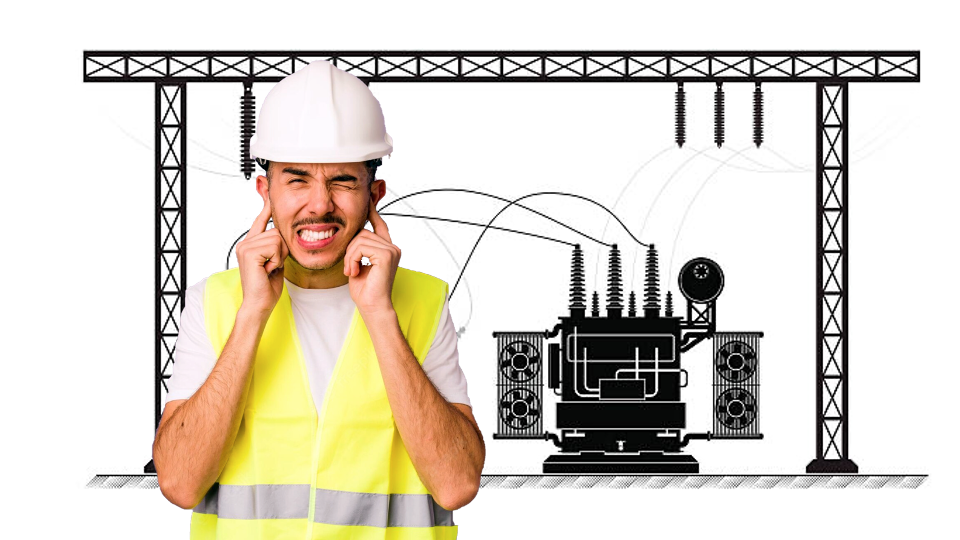The Leverage Effect: Exploring Impact FRF and Virtual Point Transformation (VPA)
In the world of engineering and product design, accurately predicting and mitigating noise, vibration, and harshness (NVH) issues is critical. Two powerful tools that engineers use to address these challenges are Impact Frequency Response Function (FRF) and Virtual Point Transformation (VPA).
Understanding NVH Prediction: The Role of Modal Analysis in the Automotive Industry
NVH (noise, vibration, and harshness) prediction is a critical process in the automotive industry to ensure customer satisfaction, safety, and compliance with regulatory requirements.
Advancements in Thermal Comfort Simulations for Vehicle Cabins
Thermal comfort within vehicle cabins is a critical aspect of automotive design, influencing both the user experience and the efficiency of climate control systems. Traditional methods of assessing and improving thermal comfort have been largely empirical, relying on extensive physical testing.
Thermal Cabin Comfort through CFD with Simcenter STAR-CCM+
Andrea's recent Texas trip sparked insights into thermal comfort, leading to the exploration of advanced models in Simcenter STAR-CCM+ 2310. This article dives into the complexities of modeling human responses for electric vehicle cabin design, from summer HVAC optimization to winter energy consumption. The ultimate balancing act faced by HVAC engineers is succinctly captured, emphasizing Simcenter STAR-CCM+ 2310's role in addressing these challenges. Read more about the intricate choices between comfort and efficiency in the electric era.
The Efficient Hand Drying: Simcenter FLOEFD Insights
In 'What's the Fastest Way to Dry Your Hands?', Robin Bornoff scientifically explores hand-drying efficiency using Simcenter FLOEFD. He uncovers the importance of the '90% dry' standard, explains the role of evaporation and condensation, and surprises us by revealing that keeping hands vertical is the quickest drying method. Plus, he urges us to think green by comparing the sustainability of hand dryers and paper towels.
Simcenter STAR-CCM+ Helps Energy Consultancy Firm Improve Gas Turbine Blade Cooling
Gas turbine efficiency improvement relies on increasing temperatures at the combustor exit and high-pressure turbine stage inlet. However, this poses a challenge as higher temperatures can endanger the integrity of turbine components. To address this issue, film cooling techniques have been adopted, where cool air is bled from the compressor stage and directed through small holes in the turbine blade and vane walls, creating a thin, cool insulating layer.
French Automaker Optimizes Battery Pack with Simcenter Amesim
In the pursuit of excellence and innovation, PSA Peugeot Citroën embraced the power of Siemens Digital Industries Software's Simcenter™. The comprehensive simulation and testing capabilities enabled them to revolutionize the automotive industry and set new standards for vehicle performance, safety, and environmental sustainability. As technology continues to advance, embracing cutting-edge solutions like Simcenter™ will be crucial for any automotive manufacturer seeking to stay ahead in this dynamic and competitive landscape.
Siemens Simcenter SCADAS XS 6: Enhancing Data Acquisition and Analysis
Siemens Simcenter SCADAS XS 6 stands as a powerful solution for engineers seeking efficient data acquisition and analysis capabilities. With its high-speed data acquisition, scalability, real-time monitoring, and advanced signal processing features, SCADAS XS 6 empowers engineers to make informed decisions and optimize the performance of various systems. Whether in the automotive, aerospace, energy, or structural domains, SCADAS XS 6 delivers valuable insights for improving safety, reliability, and efficiency.
Simcenter 3D FE Model Correlation
Simcenter™ 3D FE Model Correlation provides engineers with the necessary tools to align geometric models, compare modes from different solutions, visualize mode shapes side-by-side, and calculate correlation metrics. This enables them to gain a comprehensive understanding of how closely the simulation aligns with the physical test data. By leveraging this software, engineers can confidently assess the accuracy and reliability of their simulations, thereby improving the overall design and development process.
Modal Analysis for NVH Prediction: The Role of Testing and Simulation
NVH (noise, vibration, and harshness) prediction is a critical process in the automotive industry to ensure customer satisfaction, safety, and compliance with regulatory requirements. Modal analysis is a popular technique used for NVH prediction, involving both testing and simulation. The goal of modal analysis is to measure the natural frequencies, damping ratios, and mode shapes of a structure, which can be used to identify the sources of noise and vibration and make improvements to the design. While modal analysis offers several benefits, such as cost savings and faster time to market, there are also some challenges associated with the technique, including complexity and cost. In this article, we will explore modal analysis for NVH prediction, its benefits, and its challenges.
Reducing Aircraft Noise with Innovative Performance-Enhancing Tools
Aircraft manufacturers are facing stricter regulations for aircraft emissions, including environmental noise, and increased pressure to improve cabin acoustic comfort. Vertical take-off and landing (VTOL) vehicles, currently being developed to enable urban air mobility (UAM), must also be optimized to minimize noise pollution in densely populated areas. This challenges engineering teams to efficiently troubleshoot noise issues and develop quieter aircraft designs without compromising weight and performance objectives. Simcenter™ software and hardware offer a complete solution for detailed acoustic testing and sound engineering. The solution features a number of technological advancements that help engineers perform acoustic measurements more efficiently for both exterior and interior noise.
How ICE Technology Can Create The Perfect Gelato Experience
The engineers at engineering consultancy R&D CFD are accustomed to applying CFD simulation to the challenges of Internal Combustion Engine (ICE) design. A recent project called on them to apply their analysis techniques to a different type of “ICE”--ICE cream. Their approach, however, was the same—using Simcenter STAR-CCM+ Multiphysics CFD software allowed the engineers to simulate 2000 variegator design variants in 17 days, and then optimize the design of the feeding chamber to guarantee that the final product would have the desired home-made, variegated appearance each time.
Thermal Characterization of Complex Electronics: A Comprehensive Guide
Thermal characterization is crucial for comprehending the behavior of complex electronics. It involves analyzing and measuring heat generation, dissipation, and management. This article provides a basic overview of thermal characterization, including structure and function of electronic components, and various techniques and tools used in the field. Get a better understanding of thermal characterization and its significance in ensuring the reliability and safety of electronic components.
Thermal characterization of complex electronics: A basic primer on structure functions
The evolution of power, size, and temperature in electronics design has led to new challenges in system reliability and lifetime. In the past, overheating of critical components was the major cause of system breakdown, but today, other issues also arise. Cooling is a 3D effect, and accurate thermal characterization is necessary for optimal design. The development of thermal transient measurements has culminated in the Cauer-ladder network model and the Simcenter T3STER™ thermal transient analysis software system. Using structure functions, engineers can now identify the physical characteristics of layers and evaluate the thermal performance at the system level, from LED packages to laptops and laser printers.
What Causes The Transformer Humming?
Transformer noise is caused by a phenomenon called magnetostriction. In very simple terms this means that if a piece of magnetic sheet steel is magnetized it will extend itself. When the magnetization is taken away. It goes back to its original condition. A transformer is magnetically excited by an alternating voltage and current so that it becomes extended and contracted twice during a full cycle of magnetization.
Easy strength and Fatigue Analysis with Simcenter
Strength and fatigue analysis made easier in simulations. Templates for fatigue analysis and their strength-only counterparts are relatively recent additions to Simcenter 3D. As a result, many engineers are unaware of them or the benefits that they can bring.
The strength analysis case provides static and fatigue strength analysis for any finite element set-ups created in Simcenter 3D. It is fully integrated into finite element workflows and fatigue workflows. You can use material data from a material database (inherited from finite element analysis) or directly in the analysis case.
End-To-End Durability for Automotive
The Siemens Industry Software Simcenter engineers put the end-to-end durability solution to the test on the rough tracks of a German proving ground. The outcome is a step-by-step account of a test campaign that demonstrates the effectiveness of the solution. The story starts with a small but punchy electric sports vehicle that grew into a test vehicle for a condensed but complete durability measurement campaign.
















